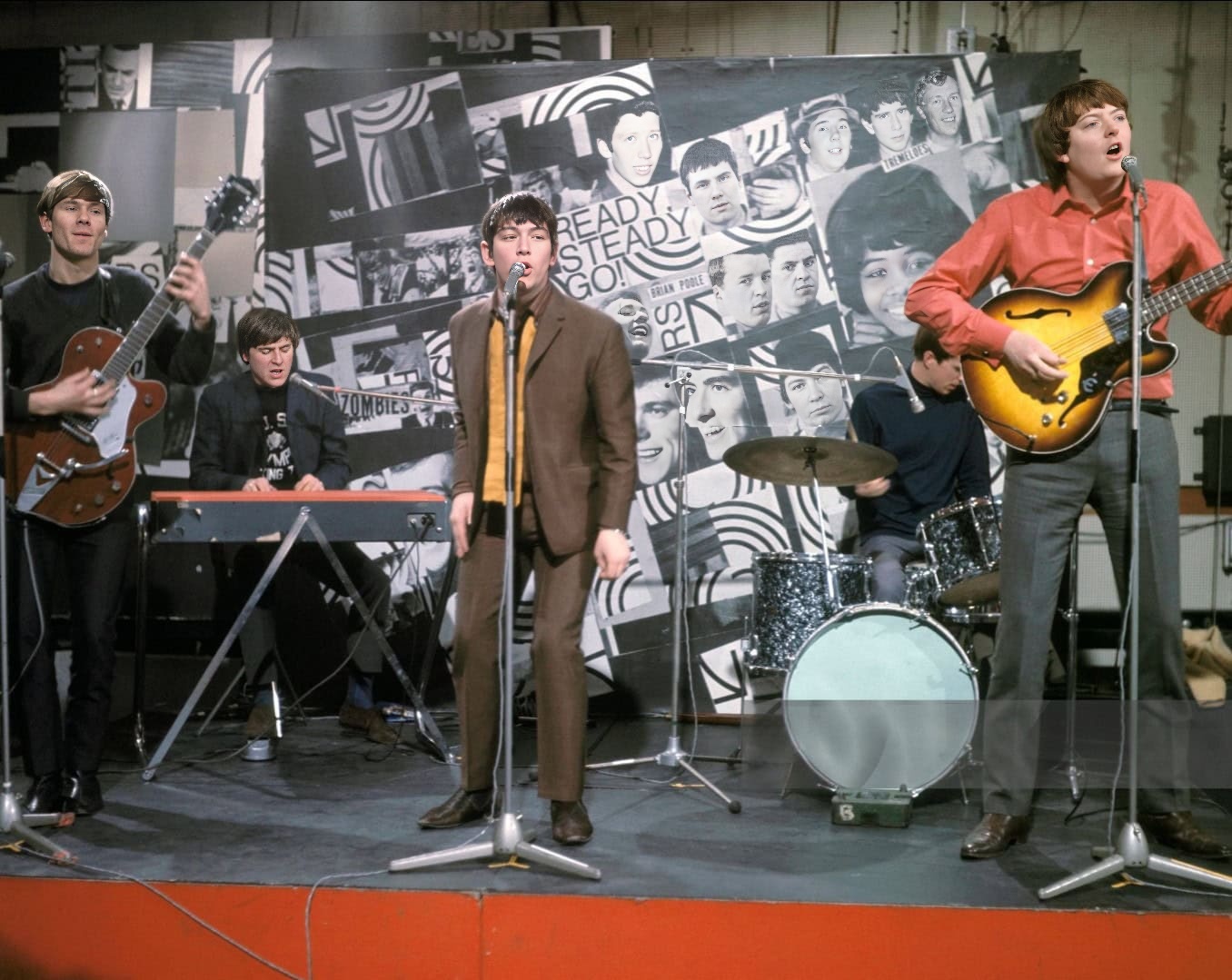
“It’s My Life,” released in 1965 by British rock band The Animals, is a powerful anthem of youthful rebellion and self-determination. The Animals, hailing from Newcastle upon Tyne, were a key part of the British Invasion, bringing their raw, blues-infused rock and roll to the forefront of the global music scene. Fronted by Eric Burdon’s distinctive, gritty vocals, the band quickly gained notoriety for their energetic performances and hard-hitting sound.
“It’s My Life,” penned by Brill Building songwriters Roger Atkins and Carl D’Errico, perfectly captured the burgeoning spirit of defiance among young people in the mid-1960s. The song’s driving rhythm, propelled by a memorable bassline and Burdon’s passionate delivery, resonates with a sense of urgency and determination. The lyrics, declaring “It’s my life and I’ll do what I want / It’s my mind and I’ll think what I want,” are a bold statement of independence, rejecting societal expectations and parental control.
While “It’s My Life” didn’t achieve the same chart-topping success as some of The Animals’ other hits like “House of the Rising Sun,” it reached a respectable number 23 on the US Billboard Hot 100 and number 7 in the UK. More importantly, the song resonated deeply with audiences, becoming an enduring classic. It spoke directly to a generation grappling with changing social norms and seeking to define their own identities.
The song was instantly accepted by the young public. The audience identified the song as an anthem for the new generations. The strong message against submission and about freedom. The music and rhythm are strong and go well with the message.
The song has been frequently covered and sampled, a testament to its continued influence. It has also found a place in popular culture, appearing in films and television shows, often used to underscore themes of rebellion and personal freedom. It’s a song that, decades later, still retains its power and relevance.